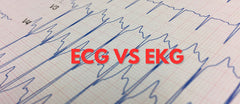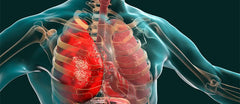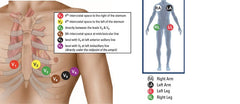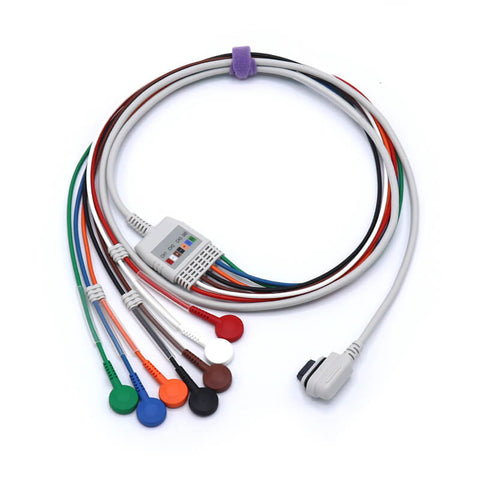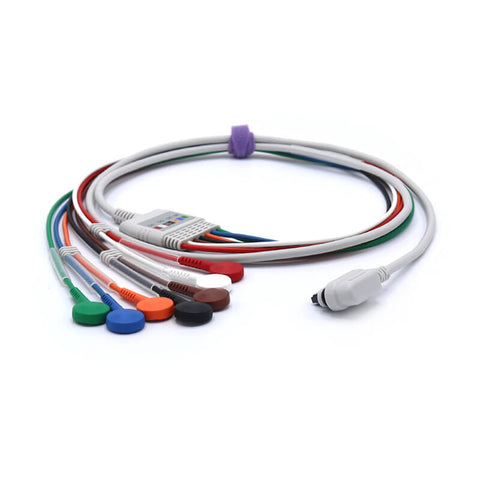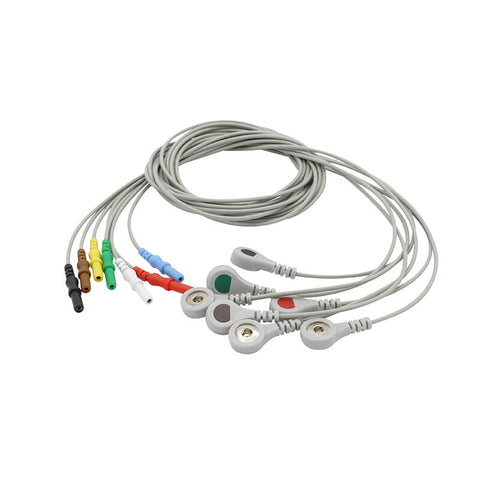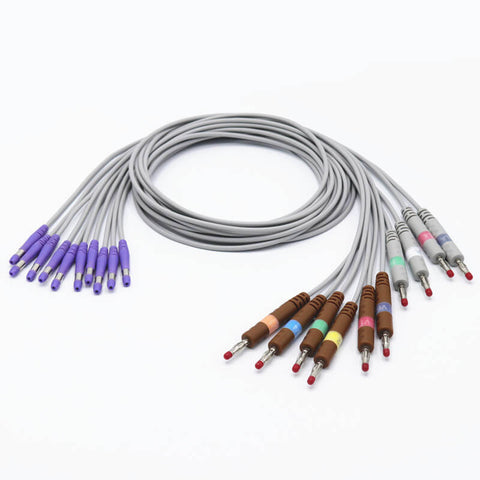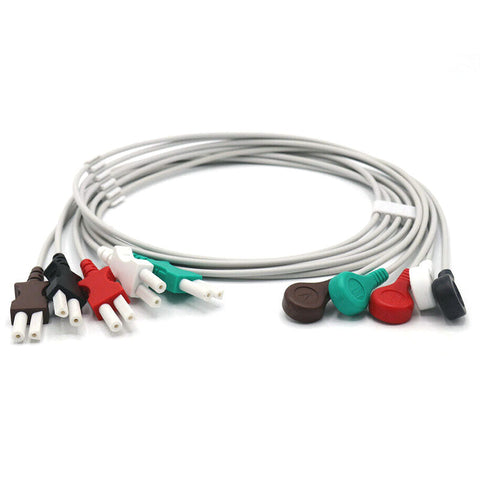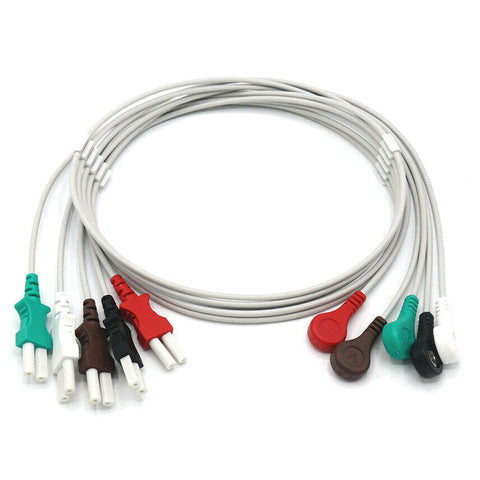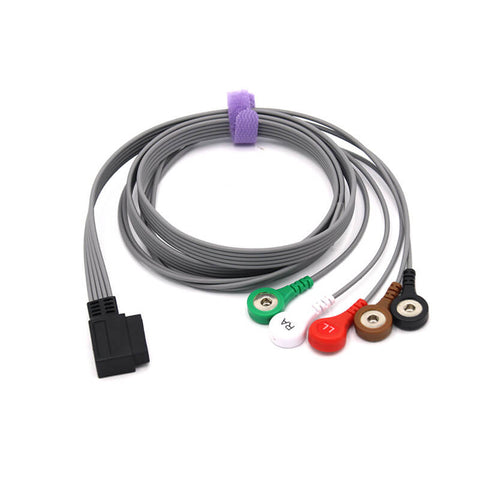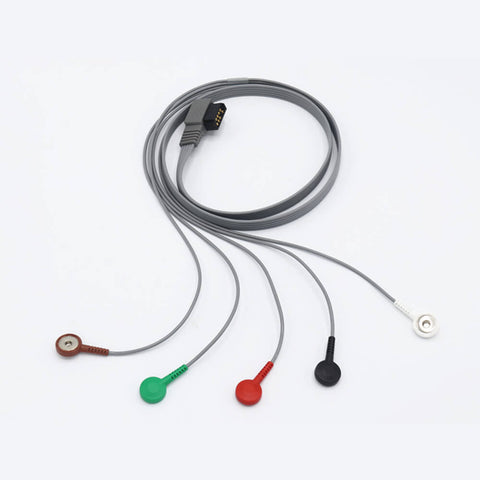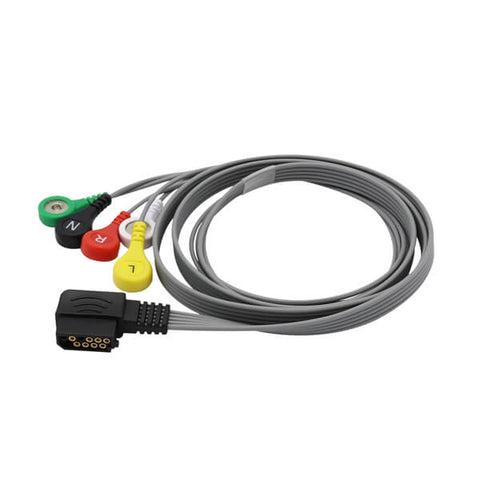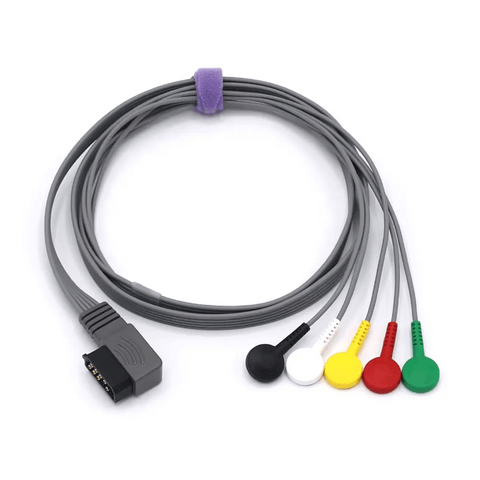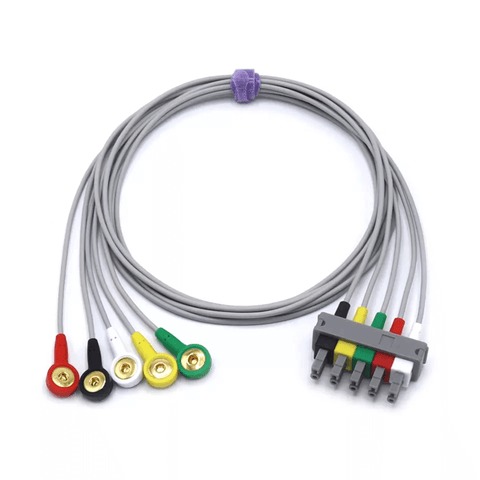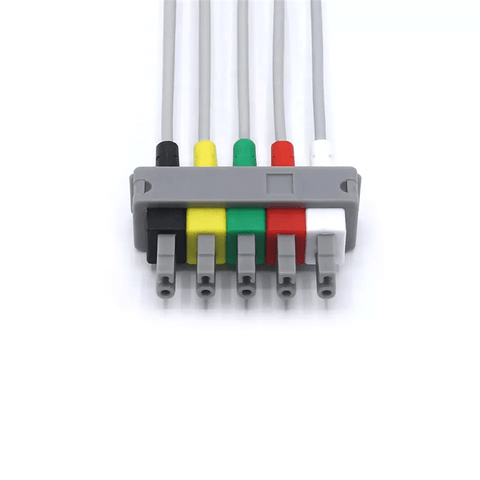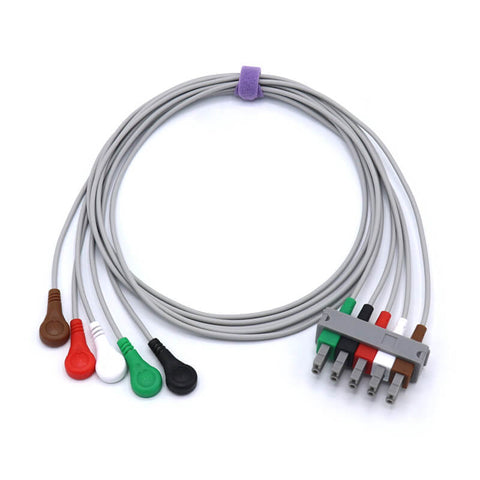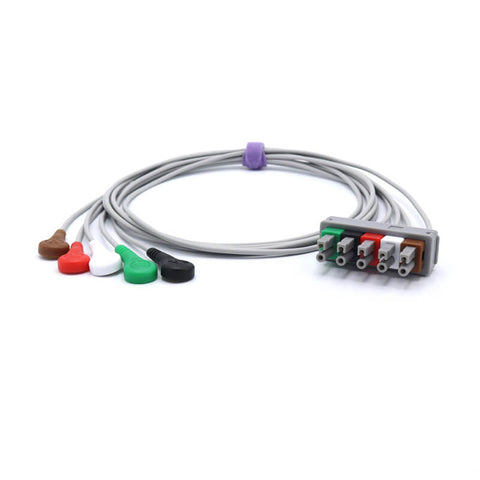Can Sleep Apnea Be Treated Without a CPAP Machine?
Yes — sleep apnea can often be managed without using a CPAP (Continuous Positive Airway Pressure) machine. While CPAP therapy remains one of the most effective treatments, many people successfully control their symptoms through alternative sleep apnea treatments, including lifestyle modifications, oral appliances, surgical procedures, and new medical devices.
1. Lifestyle Changes to Reduce Sleep Apnea Symptoms
Simple daily adjustments can make a significant difference in mild to moderate cases of obstructive sleep apnea (OSA):
-
Weight Management: Losing excess body weight, especially around the neck and upper airway, can reduce soft tissue collapse during sleep.
-
Sleep Position: Try sleeping on your side or stomach instead of your back to help keep your airway open.
-
Avoid Alcohol and Sedatives: These substances relax the throat muscles and can worsen airway obstruction.
-
Manage Nasal Congestion: Use saline nasal sprays, humidifiers, or decongestants to keep nasal passages clear and improve breathing at night.
2. Oral Appliance Therapy
If you can’t tolerate CPAP, oral appliances designed by sleep specialists or dentists can offer effective, non-invasive relief:
-
Mandibular Advancement Devices (MADs): These reposition your lower jaw slightly forward, preventing soft tissue collapse and airway obstruction.
-
Tongue Retaining Devices (TRDs): These hold the tongue in a forward position, keeping it from blocking the airway during sleep.
Both devices are compact, portable, and ideal for mild to moderate obstructive sleep apnea or for those who travel frequently.
3. Surgical Treatment Options for Sleep Apnea
When conservative treatments don’t work, surgery may be recommended to physically enlarge or stabilize the airway:
-
Uvulopalatopharyngoplasty (UPPP): Removes excess soft tissue from the throat and palate to widen the airway.
-
Maxillomandibular Advancement (MMA): Moves both the upper and lower jaws forward to increase airway space.
-
Hypoglossal Nerve Stimulation: Involves implanting a small device that stimulates the nerve controlling the tongue, preventing it from collapsing backward.
These procedures are typically reserved for severe or treatment-resistant cases.
4. New and Emerging Sleep Apnea Treatments
Recent innovations are offering more comfortable and less invasive alternatives to traditional CPAP machines:
-
Expiratory Positive Airway Pressure (EPAP): Small disposable devices placed over the nostrils create gentle pressure during exhalation, keeping the airway open.
-
Tongue Muscle Stimulation Devices: Wearable or implanted devices that strengthen tongue muscles and prevent obstruction during sleep.
-
VIVOS Therapy: A DNA-guided oral appliance system that helps remodel the upper airway and reposition the jaw naturally over time.
-
Inspire Sleep Therapy: A smart implant that monitors breathing patterns and stimulates airway muscles in real time to prevent apnea events.
5. Medications and Adjunctive Therapies
While there’s no universal medication for sleep apnea, certain drugs may help reduce daytime sleepiness, aid weight loss, or target underlying conditions. Some medications are being researched for their potential to stabilize airway muscles and improve sleep quality, especially in individuals with obesity-related sleep apnea.
Key Takeaway
You don’t always need a CPAP machine to treat sleep apnea. Depending on the cause and severity, a combination of lifestyle changes, oral devices, innovative therapies, and in some cases surgery can significantly improve breathing and sleep quality. Always consult a sleep specialist to determine the best treatment plan for your specific condition.


